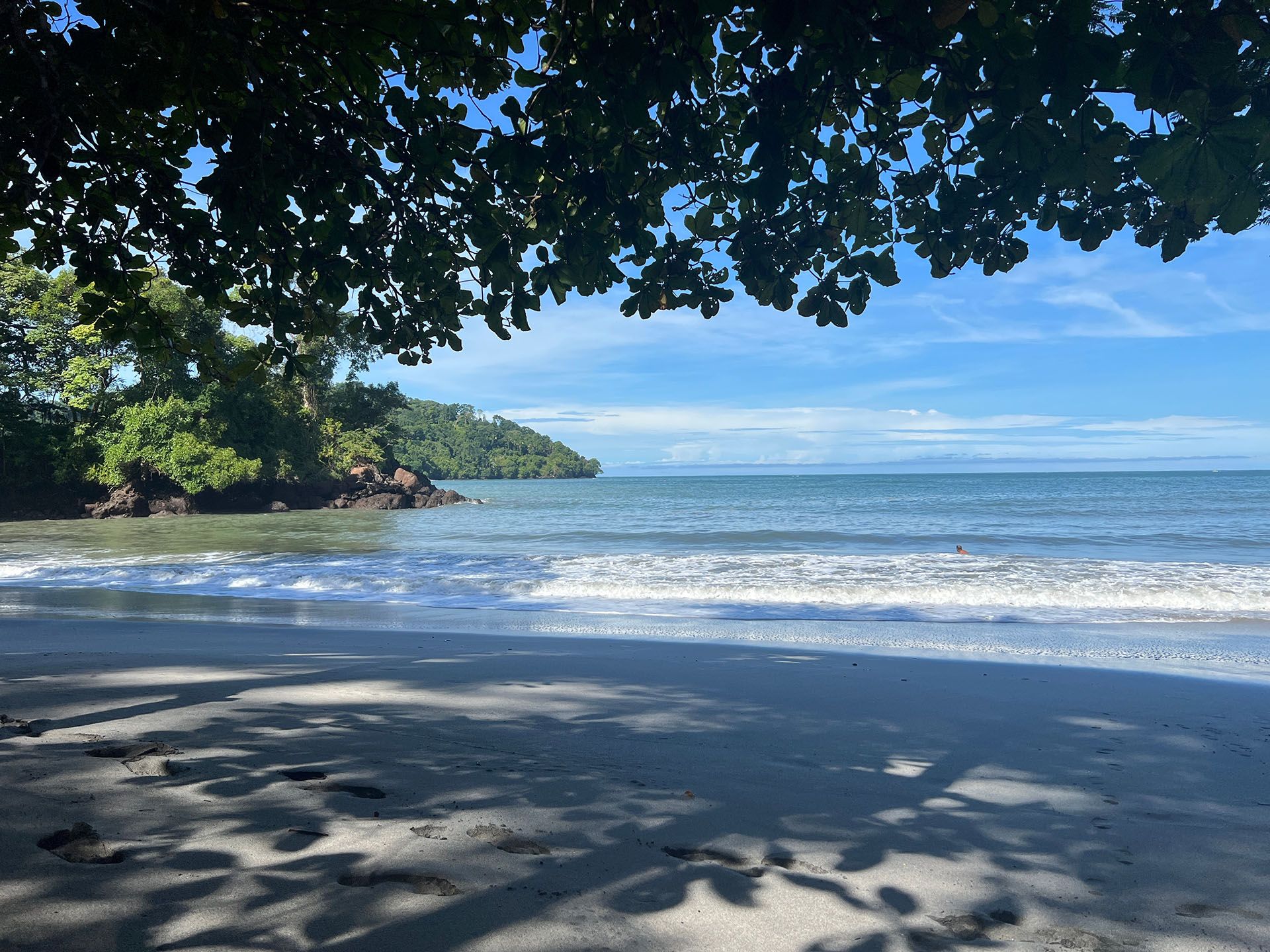Average daily temperatures in February
The temperatures in February are warm but comfortable, perfect for a tropical vacation. Daytime highs usually range from 80-95°F (27-35°C) depending on where you are. Nights tend to cool down to around 70-75°F (21-24°C) at the coast, and in higher elevations, it drops a bit more to 60-65°F (16-18°C)—perfect for sleeping without air conditioning.
The Pacific Ocean is warm too, with temperatures around 84°F (29°C), so it’s a great time to swim or try other water sports. Since there are about 11.5 hours of daylight, you’ll have plenty of time to enjoy the day. For more tips, see our guide to how to plan a trip to Costa Rica.
Guanacaste & Northern Pacific
In February, Guanacaste and the Northern Pacific region get the driest and sunniest weather of the year. Daytime temperatures can reach 90-93°F (32-34°C), and there’s little to no rain. The dry tropical forest looks a beautiful golden-brown.
The sunny weather is great for the beach, but the afternoon heat can get intense, so plan to enjoy activities early in the morning and maybe take a break in the afternoon when it’s hottest.
Central Valley & San José
The Central Valley, including San José, enjoys moderate temperatures in February, with highs around 80-83°F (27-28°C) during the day and cooler evenings around 63°F (17°C). The elevation at about 3,800 feet (1,160m) makes the weather feel comfortable, with warm days and cooler nights. The clear skies and low humidity make it a great time to explore, especially if you’re planning on hiking or visiting the coffee plantations. February is also a good month for volcano hikes, like Poás or Irazú, since the weather is clear enough to get good views of the craters.
Caribbean Coast
The Caribbean coast doesn’t follow the same dry pattern as the rest of the country. While February is one of the drier months, it still gets around 8 inches (200mm) of rain. The temperatures stay warm, with highs around 84°F (29°C) and nights around 73°F (23°C). The rain keeps the area’s rainforests lush and gives the region a more wild, untamed vibe (see our favorite Costa Rica rainforest tour). If you’re looking for the best weather, southern spots like Puerto Viejo and Cahuita usually have drier conditions than the northern areas.











